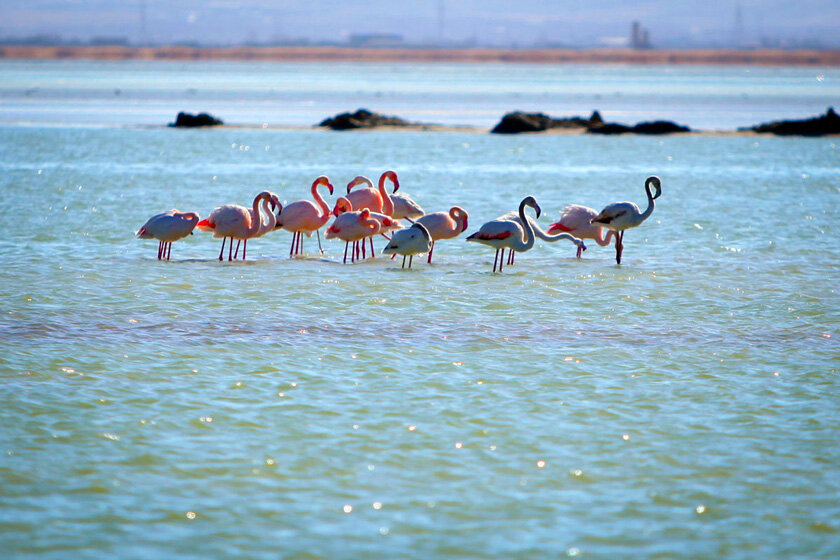EU, UNDP allocate €10m to revive Iran’s Hamoun wetland

TEHRAN – The European Union (EU) and the United Nations Development Program (UNDP) have announced their €10- million support for the rehabilitation of Hamoun international wetlands, Ahmad Lahijanzadeh, deputy head of the Department of Environment (DOE), has said, ISNA reported.
The DOE and the UNDP signed a memorandum of understanding on April 4 to carry out a joint project for the revival of Hamoun wetland.
The project is called “improving the comprehensive management of natural resources for the rehabilitation of the wetland ecosystem and supporting alternative living in local communities in the Hamoun wetland”, which aims to focus on the role and connection of people's lives on Hamoun wetland as well as Hamoun's life on people's lives and at the same time be able to work on the protection of this wetland along with improving the living standards of the people around it.
The project is set to run for five years with European Union financial support, minimizing the pressure on Hamoun wetland resources, and at the same time help strengthen the cross-border connection of Hamoun wetland with Afghanistan to allocate water rights of the wetland.
The implementation of the project requires the coordination and participation of all stakeholders and departments, Lahijanzadeh noted.
The main partners in the project are the Ministry of Foreign Affairs, the Ministry of Interior, the Ministry of Energy, the Ministry of Agriculture and the Ministry of Labour at the national level, and the Sistan-Baluchestan governorate at the provincial level, he concluded.
Hamouns are transboundary wetlands on the Iran-Afghan border made up of three lakes: Hamoun-e Helmand, which is entirely in Iran, Hamoun-e Sabari on the border, and Hamoun-e Puzak, almost entirely inside Afghanistan. The three lakes are linked and fed by water from the Helmand River which starts in the Hindu Kush Mountains in Afghanistan.
In the last two decades, once fertile wetlands have drastically dried up. The Taliban government closed the sluices to the Kajaki Dam on the Helmand until 2002, which aggravated the impact of the worst drought the region has experienced in many decades, brought about partially by climate change and warming temperatures.
FB/MG
Leave a Comment